Assembly of metallic nanoparticles into chains or plasmonic networks is affected by temperature and kinetics.
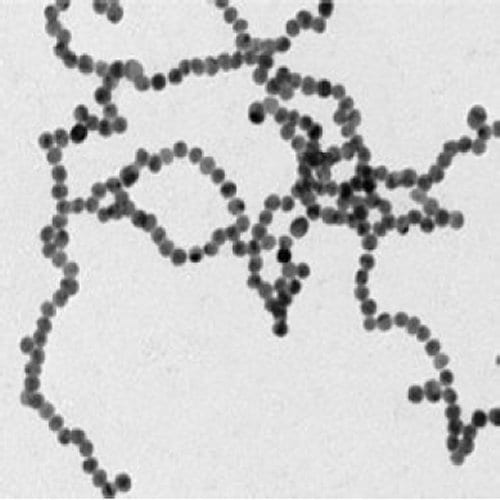

Assembly of metallic nanoparticles into chains or plasmonic networks is affected by temperature and kinetics.
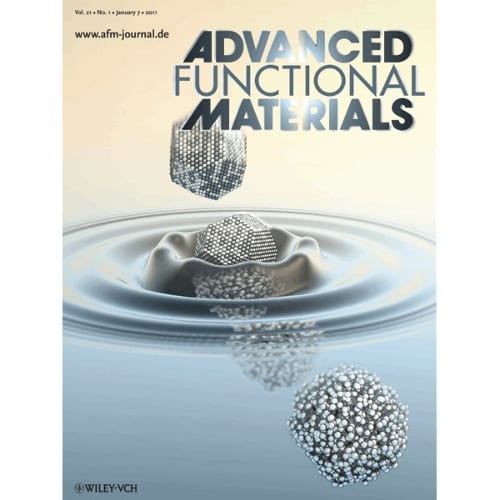
Systematic insights into well-defined platinum-alloy nanoparticles promise cheaper and more-efficient fuel cells.

Professor Geoffrey Ozin from the University of Toronto reviews porous materials—how the research goals have varied over the years, where we are today, and what these materials may offer in the future.
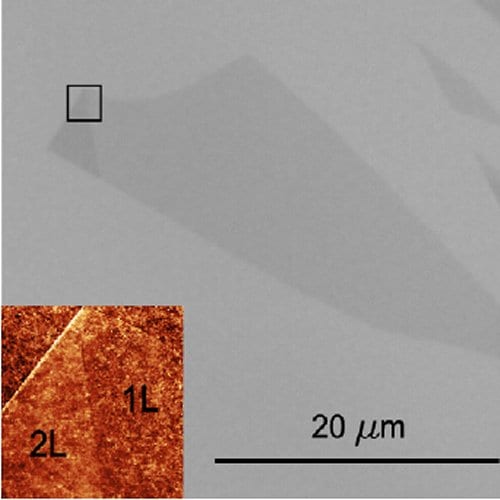
UK scientists develop method to produce and identify boron nitride monolayers like graphene using simple laboratory techniques.
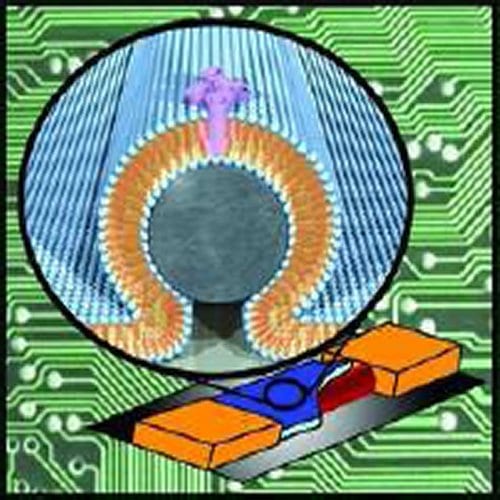
Science-fiction becomes science fact: How bionanoelectronics will revolutionize the world through medical and computational advances.
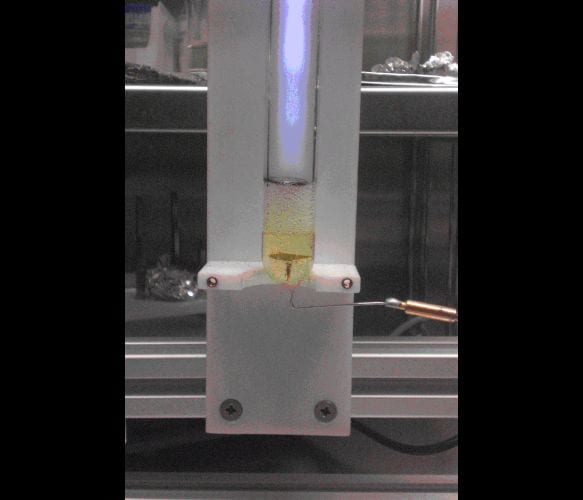
Copper nanoparticles can be made due to the interaction of an argon plasma with CuCl (CuCl2) ionic liquid solutions.
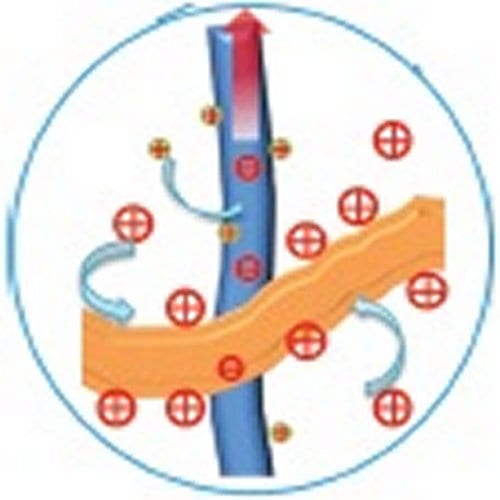
A supercapacitor with high power and energy density is made using nanocomposites containing carbon nanotubes.
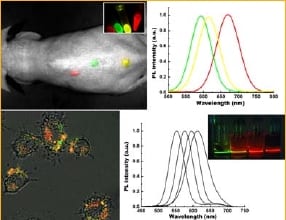
An international team of researchers review a useful tool for three dimensional multi-photon microscopy and imaging
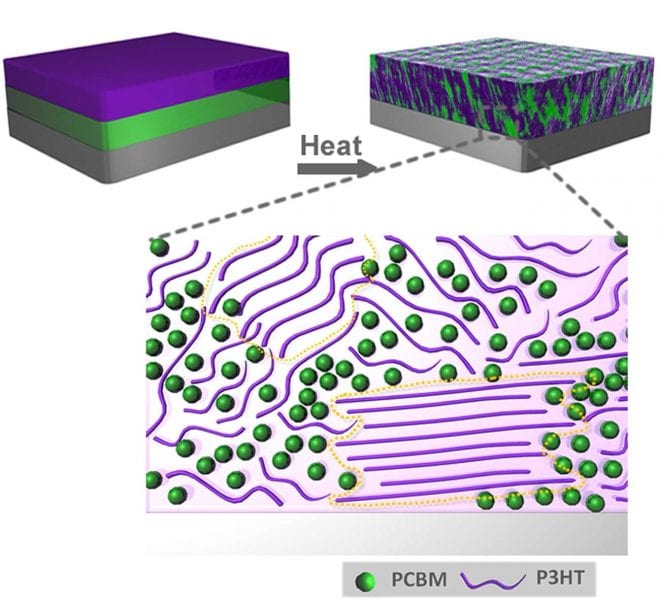
Understanding the morphology changes in plastic solar cells may hold clues for the development of new high-performance materials.
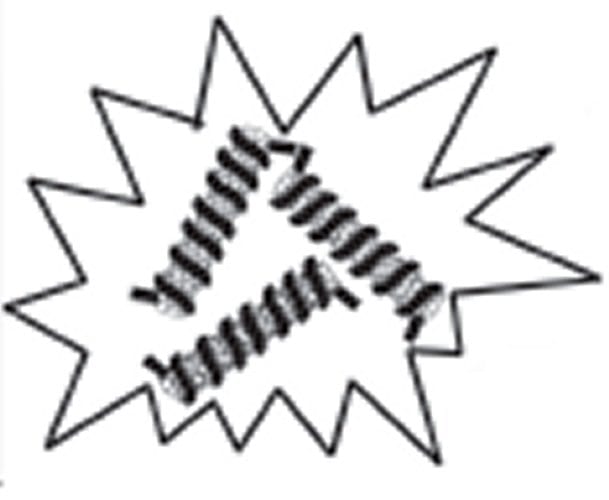
Nuclease activity can be detected by a simple, sensitive, and selective test based on light scattering of carbon nanotubes, with no need for a label.